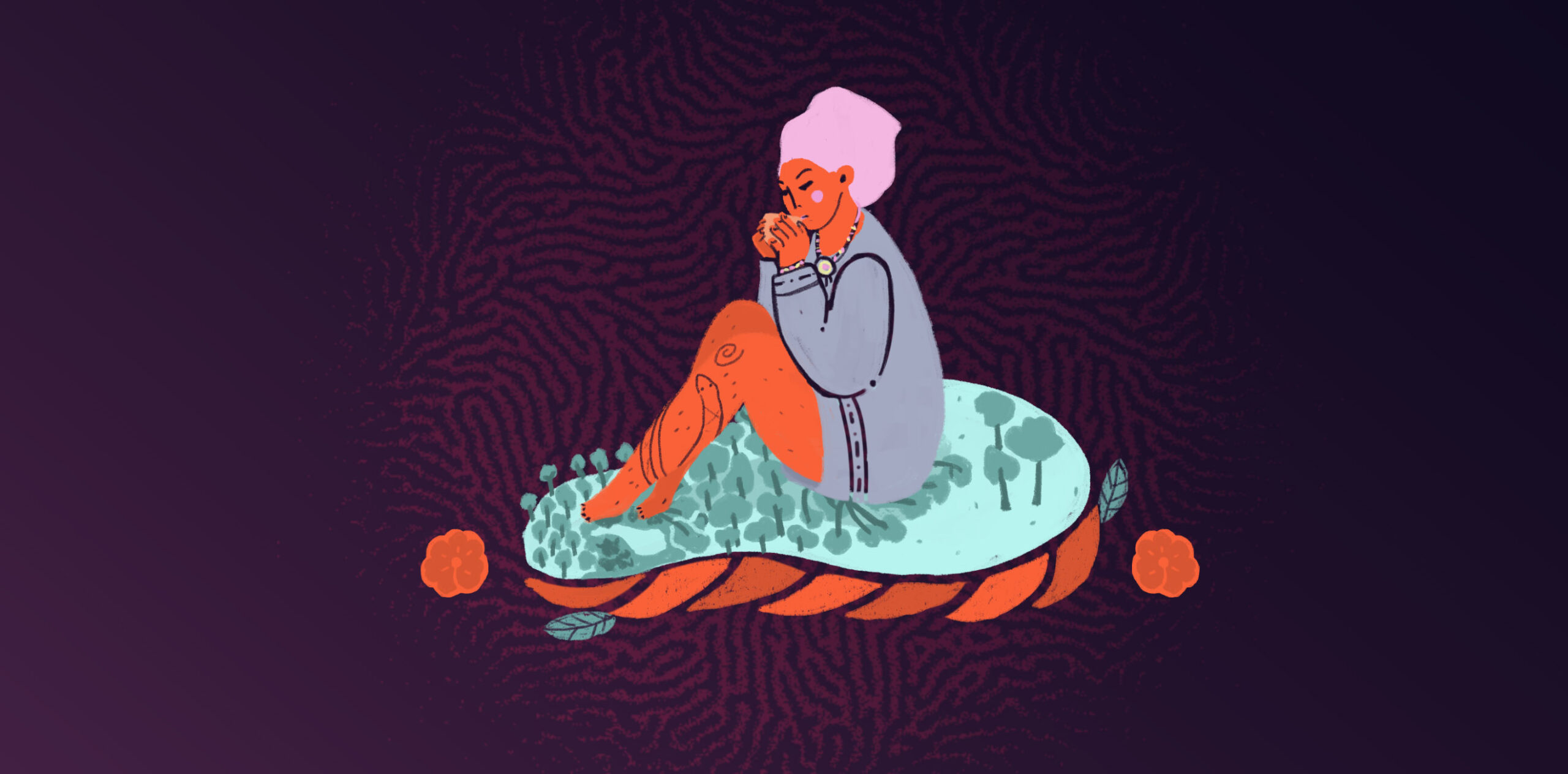- Pieces of Ayahuasca, a Cash Crop - August 7, 2019
- Why You Will Never Get a Traditional Ayahuasca Treatment - August 10, 2017
I am presenting here several excerpts from A Cash Crop, my last multimedia book, that shows how Banisteriopsis caapi, once an abundant and commercially worthless plant species, has become an increasingly scarce and expensive product of mass consumption. The global ayahuasca boom has generated a prosperous business of harvesting, planting, processing, and exportation in Iquitos. Although ayahuasca drinkers often claim to experience an ecological awakening, their epiphany results in the eradication of the vine in some areas of the Peruvian rainforest, according to people who commercialize the plant, whom I interviewed. A Cash Crop is the second instalment of Ayahuasca, Iquitos and Monster Vorāx, a series of multimedia books that combine ethnographic research, literature, and audiovisual creation to show the extraordinary phenomenon of ayahuasca in Iquitos, a shamanic mecca where the local collides with the global.

Introito
Whether you paid your 2,800 dollars for a week of treatment in that famous Iquitos luxury lodge, or were invited to participate in a ceremony in a mountain cottage where you are from, you wound up the complex gears of a planetary business that, every year, moves tens of millions of dollars, and articulates the most remote spots of the Amazon rainforest with the global market economy.
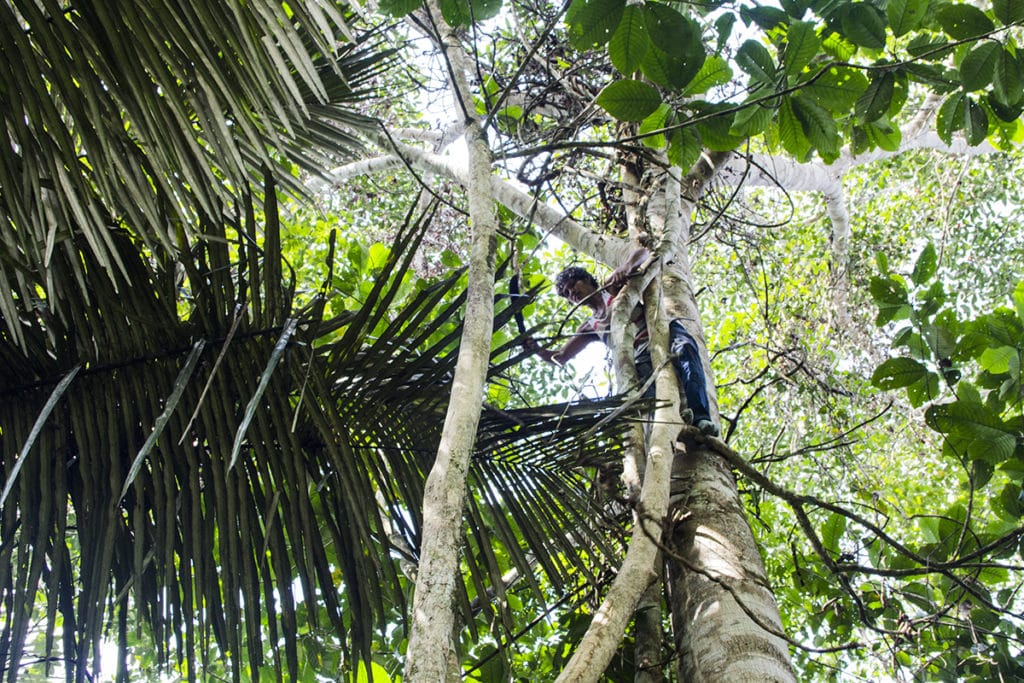
Chapter 1: That Village Beside a Lodge
Juan Moreno is one of the workers at Nihue Rao, one of the most prosperous ayahuasca lodges in Iquitos. His role: security, eight hours a day. When the shift ends, it takes him five minutes to get home, to take his canoe, and to go out to the oxbow lake to fish for lunch.
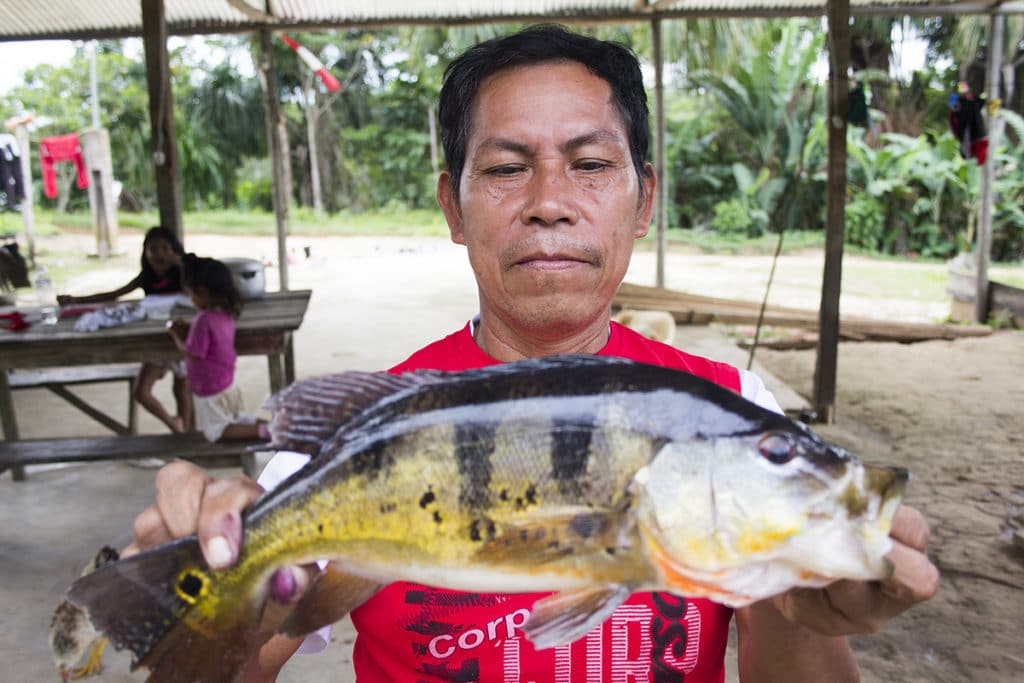
In the afternoon, maybe he will work a little in his chagra, where beautiful cassava plants grow, part of which, by the way, he also sells to Nihue Rao. Moreno, who is blessed with fish in the oxbow lake, cassava in the chagra, and a well-paid job in Nihue Rao, also has his small ayahuasca plantation.
Chapter 2: A Productive Plantation (and its Attentive Owner)
Abraham Guevara’s plantation has a commercial purpose. Due to the increasing difficulty of finding wild ayahuasca in the lowland Peruvian forest, numerous plantations have appeared that provide the raw material.
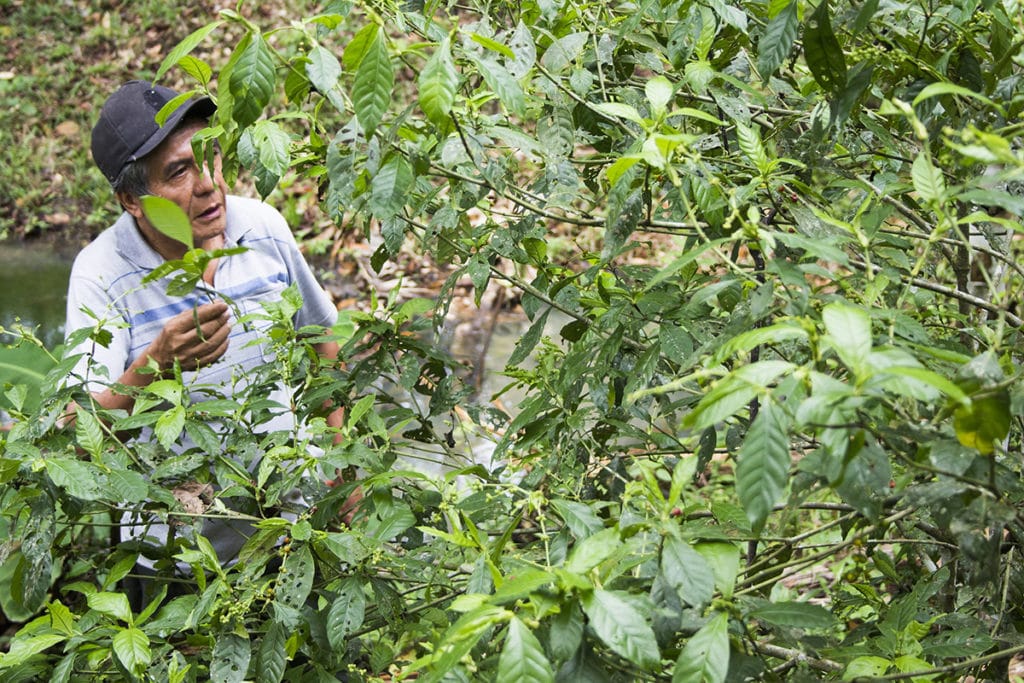
Abraham is the first link in a flourishing productive chain. After the producers or pickers come intermediaries who buy in the villages and sell in the city; merchants who distribute it at retail; processors that dry it or cook it and sell it to the lodges or send it abroad; shamans who, in Iquitos or New York, conduct ceremonies with a purchased remedy. As the product changes hands, the price multiplies.
Chapter 3: Ayahuasca, That Weed
The typical Western romanticism (very New Age, very Christian) usually represents ayahuasca as a kind-hearted Granny, a being of light or a miraculous remedy, an idealization that avoids its brutal, everyday biological reality. If we were to attribute to the species Banisteriopsis caapi the moral property that distinguishes it from its vegetable neighbors, it would be a serial killer.

The curandero Javier da Silva knows from experience that ayahuasca is an invasive plant, a weed. What a Granny! A ruthless dame who arrives in a garden and, just after being given free rein, ends up with all the other plants.
Chapter 4: Tribulations of Ron Wheelock and Co.
It would be a fantastic argument for a Vargas Llosa’s novel: In the offices of the postal service in Iquitos, a series of strange explosions take place. A terrorist plot? Maybe, but not from Sendero Luminoso (Shining Path), but from Mother Ayahuasca, who would have chosen a spectacular way (as is her wont) to stop harvesting her, cooking her, and sending her abroad in two-liter bottles.
Among those most affected: Ron Wheelock, the gringo shaman. Ron, whose story I told in the first part of this book, had gone from the typical travails of a local curandero to turning tons of ayahuasca into thousands of liters of the remedy for export, at a price of $250 per liter. These profits, added to those obtained by holding ayahuasca ceremonies in his lodge, made him a wealthy man.
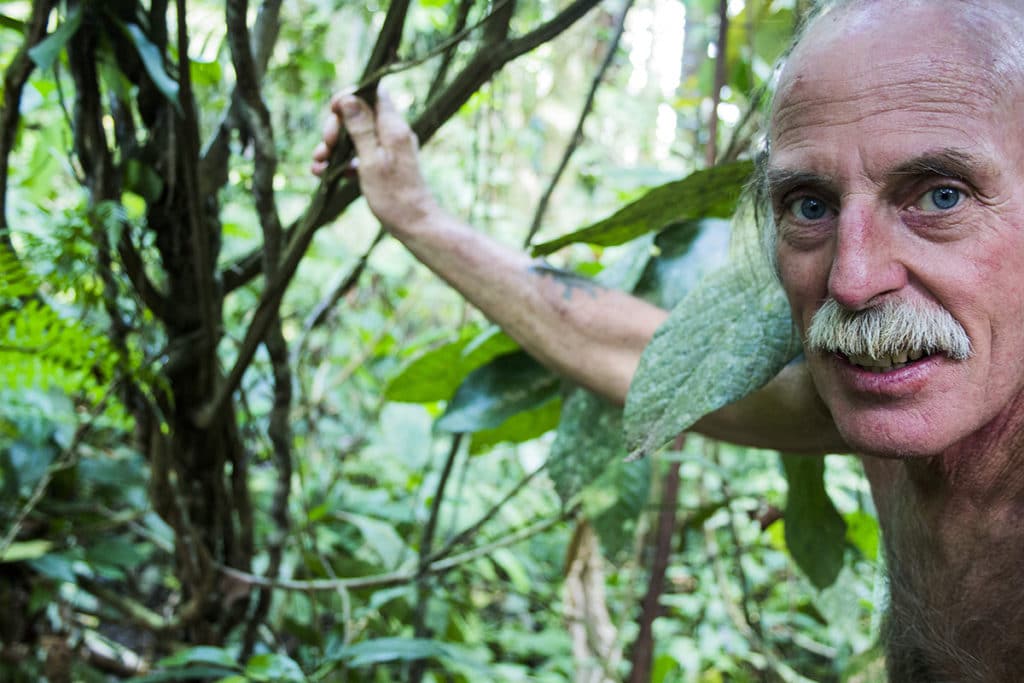
Chapter 5: An Industry is Born
Elizabeth Bardales from Iquitos, Diego Flores from Lima, and the Dutch Bowie Van der Kroon embody three different degrees of sophistication in the processing and export industry of ayahuasca and related plants, which the massive influx of “spiritual tourists” has generated in Iquitos.
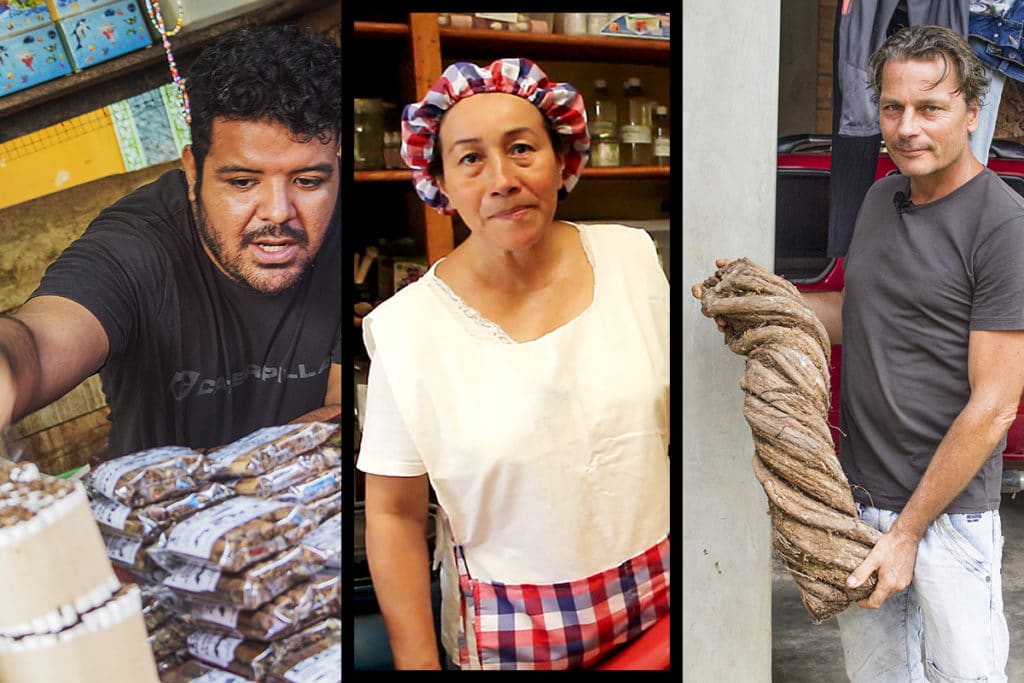
Between Elizabeth, Diego, and Bowie, each year they process tons of ayahuasca and other plants used in “traditional” medicine. The suppliers arrive from any corner of the basin of the great nearby rivers: Marañón, Napo, and Ucayali. The diagnosis matches: The extractive pressure that is being exerted is very intense. You have to go further and further to find the lianas in their wild state—the “natural” ayahuasca—which is the preferred one; in addition, the thickness of the arriving lianas has decreased substantially.
The tens of thousands of people who drink ayahuasca every year across the planet love to imagine that the remedy they take to their lips was cooked by a humble old man in some idyllic setting, between prayers and paraphernalia. Often, first-timers report an awakening of ecological awareness, a reconnection with the Pachamama (or Mother Earth, or Gaia).
These idealizations—so widespread—clash with the prosaic reality: that the Amazonian biodiversity is being beaten again; that the global expansion of ayahuasca consumption is only possible because it belongs to, and contributes to, the production-consumption society—hyper specialized, hierarchical, and inevitably destructive of the world.
Art by Karina Alvarez.
Take a minute to browse our stock:
Did you enjoy reading this article?
Please support Chacruna's work by donating to us. We are an independent organization and we offer free education and advocacy for psychedelic plant medicines. We are a team of dedicated volunteers!
Can you help Chacruna advance cultural understanding around these substances?


